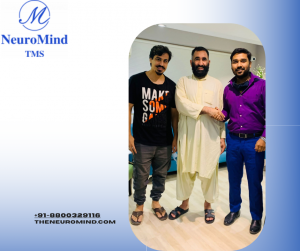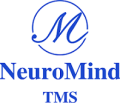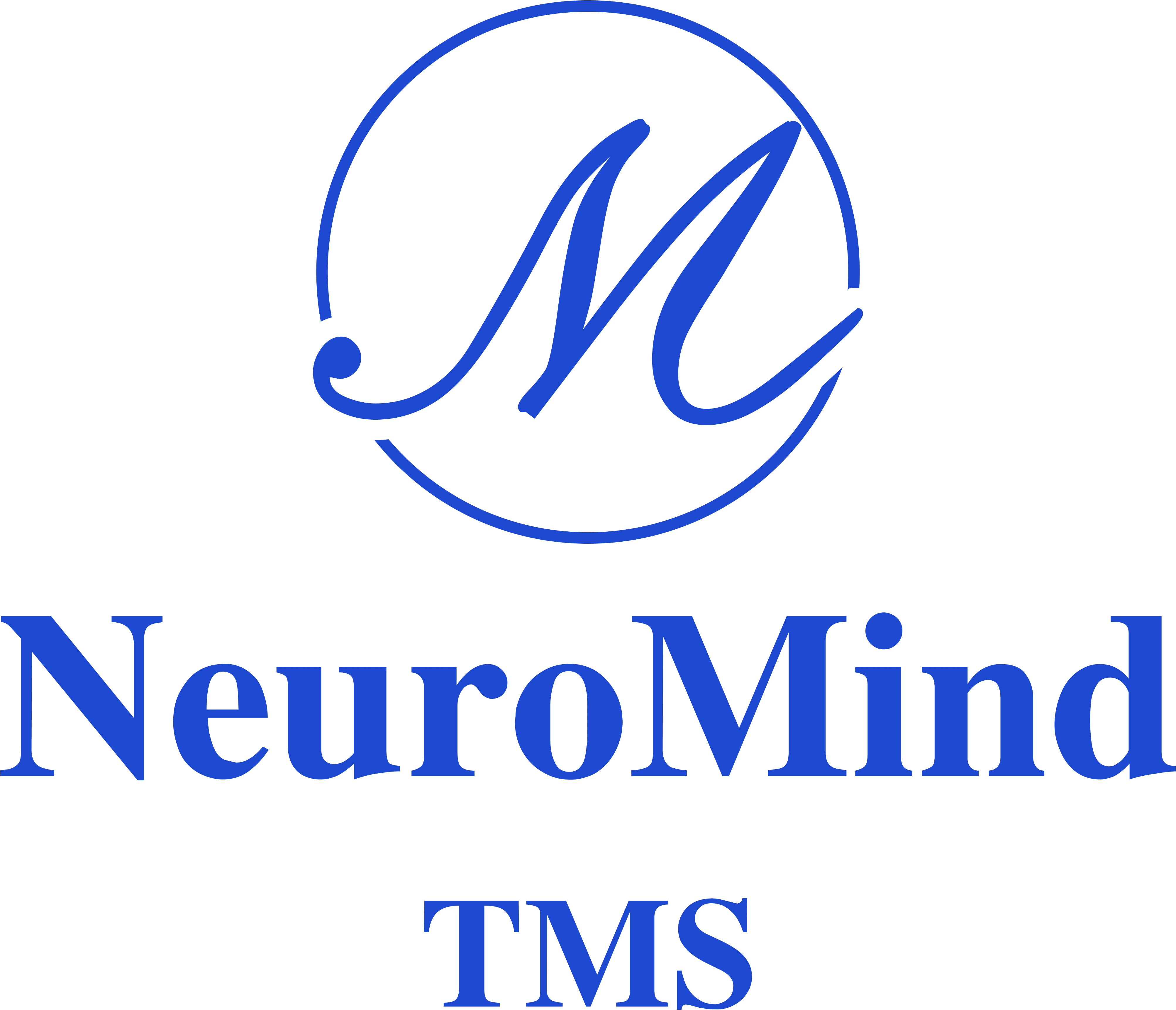ALS Treatment by NeuroMind TMS
TMS, or transcranial magnetic stimulation, is a non-invasive procedure that uses magnetic fields to stimulate nerve cells in the brain. TMS has been shown to be effective in treating a variety of conditions, including amyotrophic lateral sclerosis (ALS). ALS is a progressive neurodegenerative disease that affects the motor neurons in the brain and spinal cord. As the disease progresses, people with ALS lose the ability to control their muscles, which can lead to paralysis and death.
TMS is thought to work in ALS by stimulating the brain’s motor cortex. This can help to improve muscle function and slow the progression of the disease.
The ALS treatment process by TMS typically involves the following steps:
- The patient will be fitted with a helmet that contains a coil. The coil will be placed over the area of the brain that controls the muscles that are affected by ALS.
- The doctor will then use a computer to control the intensity and duration of the magnetic pulses.
- The patient will feel a tapping sensation on the scalp during the procedure. This is caused by the magnetic pulses stimulating the nerve cells in the brain.
- The treatment typically lasts for about 30 minutes.
- The patient may experience some mild side effects after the procedure, such as headache or scalp discomfort. These side effects are usually short-lived.
TMS is a safe and effective treatment for ALS. It has been shown to improve muscle function and slow the progression of the disease in some people with ALS. TMS is typically used as an adjunct therapy to traditional rehabilitation.
The specific benefits of TMS for ALS treatment vary from person to person. However, some of the potential benefits include:
- Improved muscle function: TMS can help to improve muscle function in people with ALS by stimulating the brain’s motor cortex. This can help to reduce muscle weakness and improve coordination.
- Slowed progression of the disease: TMS may also help to slow the progression of ALS by stimulating the production of brain-derived neurotrophic factor (BDNF). BDNF is a protein that helps to protect and repair nerve cells.
- Improved quality of life: TMS can also help to improve the quality of life for people with ALS by reducing fatigue and improving mood.
If you are interested in learning more about TMS for stroke treatment, please talk to NeuroMind TMS Today.
Frequently Asked Questions (FAQs)
We have submitted a FAQs list that people always ask us
How does TMS therapy work
How much does TMS therapy cost in Delhi?
What are the side effects of TMS therapy?
Video Testimonials by Patient
Testimonials by Patient










With access to
24 Hour
APPOINTMENT
Assistance
Our 24-hour appointment is available for everyone whenever urgent situations arise. Get essential care even during evenings, weekends, holidays, or other non-standard times.



